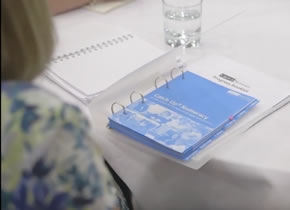
Request a full Catch Up® information brochure and details of our free information webinars
Find out more
Welcome back to the final instalment of my close look at the whole Catch Up® Numeracy process, and the 4 stages that form it.
Stage 4 - Ongoing monitoring - is not only the responsibility of the deliverer on a session-by-session basis, there also needs to be monitoring of the intervention on a school basis by the coordinator and the school’s management team. At this school level, this could also include selection of new learners to take part in the intervention.
Some thoughts on the ongoing monitoring from the deliverer’s point of view:
Catch Up® is the working name of The Caxton Trust, a not-for-profit charity registered in England and Wales (1072425) and Scotland (SC047557) as well as a company limited by guarantee (03476510). Catch Up is a registered trademark.
The Catch Up® Web site use "cookies" to help you personalise your online experience. A cookie is a text file that is placed on your hard disk by a Web page server. Cookies cannot be used to run programs or deliver viruses to your computer. Cookies are uniquely assigned to you, and can only be read by a web server in the domain that issued the cookie to you.
Click on the different category headings below to find out more. You can change your default settings very easily. To turn cookies on, click the button to the right. To turn cookies off, click the buttons to the left. Please read our cookie policy to find out more.
Performance monitoring cookies: Google Analytics cookies (_ga,_gid) - these can last up to 2 years.
Strictly necessary cookies used by the site content management system: PHPSESSID (used to record your logged in session) and allow_cookies (used to record that the user has consented to cookies) - these are either temporary (session) cookies or expire after no more than 30 minutes and are used to provide functionality as you navigate around the site and allow you to access secure areas.